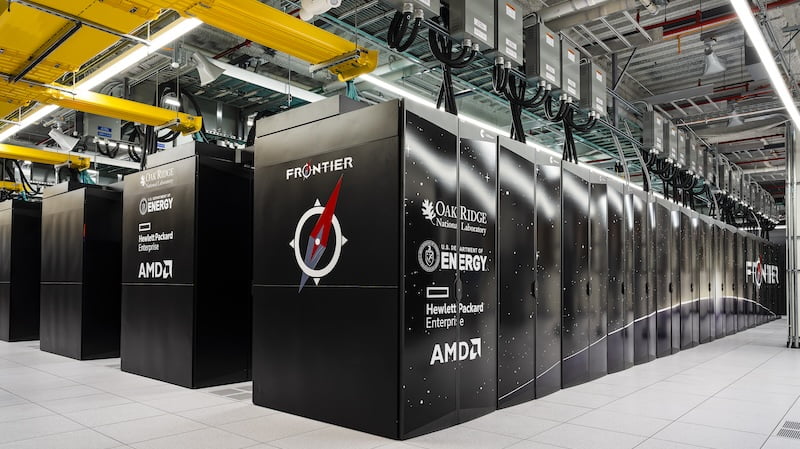
Supercomputers support research and development with their enormous computing power. They create models and simulations and are intended to solve climatological and medical problems for which conventional computers are too weak. In our weekly ranking we show you the ten fastest computers in the world.
Supercomputers are high-performance computers that can solve complex problems. They have enormous computing power, which allows them to process large amounts of data in a short period of time.
Whether quantum mechanics, climatology, cosmology or astrophysics: supercomputers are used primarily in science for calculations, simulations and climate modeling. But they are also a means of gaining new insights and developing innovative solutions in medical research.
The fastest computers in the world
The term “supercomputer” was first coined in the 1960s. The Top500 project has existed since 1993 and every year compiles a list of the currently most powerful computers for solving linear equations. The performance determined is based on the so-called high-performance LINPACK benchmark.
The determined Rmax value is given in Floating Point Operations Per Second (Flop/s). For its listing, Top500 uses the unit PetaFlop (PFlop) per second. The following ranking shows you the ten fastest computers in the world.
Platz 10: Eos NVIDIA DGX SuperPOD
The Eos NVIDIA DGX SuperPOD lands in tenth place in the ranking. Its Rmax value is 121,40 PFlop per Second. The model was named after the Greek goddess of the dawn. Eos is intended to reflect NVIDIA's commitment to the further development of AI technology.
Platz 10: Eos NVIDIA DGX SuperPOD. (Photo: © 2024 NVIDIA Corporation)
You can go back and forth using the arrows under the heading.
Source: https://www.basicthinking.de/blog/2024/05/19/supercomputer-schnellsten-computer-der-welt/


